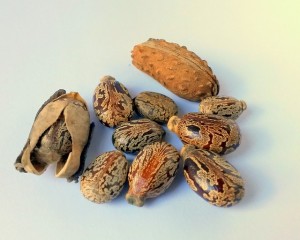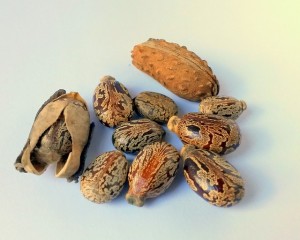We’ve already spoken about hair care regimen and five steps that constitute a good hair care regime. Now, we are going to see more about those five steps.
We’re dealing with different stages in hair care routine and we discussed in our earlier post where we agreed we would be discussing the steps in detail. In our last post, we learnt about hair elasticity. We will be learning about other aspects too. Today, it is about the five steps – cleansing, conditioning, moisturizing, sealing and manipulation. Ready?
Cleansing
A very important part of your hair routine, cleansing will determine how healthy your hair and scalp is and will be. Every hair type will need a different frequency and the routine can vary with season, your preferences, requirements and other factors. You can and should be flexible with your cleansing routine.
Usually, cleansing 2 – 3 times a week is ideal. Dry, coarse and brittle hair would do well with twice or thrice a week wash. Oily hair, depending on the oil levels, can be washed every alternate day. But if it is very oily, you can wash everyday too! Normal hair you can wash thrice a week.
However, during summers, you might wash more often than winters. When there’s a special occasion you might want a hair wash to spruce up, or postpone or pre-pone a wash due to health reasons, etc. It is flexible and should be chosen depending on your hair requirements.
Conditioning
Conditioning is done right after cleansing and important to restore lost moisture and nourishment during cleansing. You can use leave-in or rinse-off conditioners, depending on your preference.
Choose a conditioner that would suit your hair type and requirement. It is important to use the conditioner on your hair strands only and not your scalp.
For dry or coarse hair, work your conditioner from roots to the ends. For normal or oily hair, apply it on the tips and middle of the strands. Dry, damaged and coarse need more conditioning than normal or oily hair.
Moisturizing
Moisturizing is one of the most important steps that nourishes, moisturizes and protects your hair. While all the steps are important, this is one of my favorites.
Moisturizing is done with oil that can penetrate your hair shaft. Now, it is important to understand not all oils can do that. Avocado Oil, Coconut Oil, Castor Oil, Jojoba Oil, Grapeseed Oil and Olive Oil are good examples of moisturizing oils.
Moisturizing oil is applied to your scalp to nourish and moisturize it, promote better hair growth and keep your hair healthy. Depending on your hair porosity, elasticity, hair type and other factors, choose the oil that suits your hair best.
Sealing
Moisturized your hair? Now it is time to seal in the moisture. Sealing is procedure where the moisture of your hair is sealed in, so it can remain healthy. It is done with oils that have sealing properties. Grapeseed Oil, Jojoba Oil, Jamaican Castor Oil are few examples of Sealing Oils.
Sealing oils are best applied on your strands, especially your tips and definitely not your scalp – it can clog your scalp pores and prevent nourishment. Sealing oil should be chosen based on your hair’s porosity and it is not a definite step for everyone. Usually, highly porous hair requires more sealing than the rest.
Manipulation
Unlike what you are thinking, manipulation is just keeping your hands and tools off your hair, as much as possible to ensure hair and scalp health. In other words, the less manipulation, the happier and healthier your hair gets!
We will be adding more about hair care routine, hair care regimen and an example hair care regimen to give an idea. So, stay tuned. In the meantime, check our Argan Oil Hair Care Range for all your hair care requirements. We also have Argan Oil based Styling Kit!

